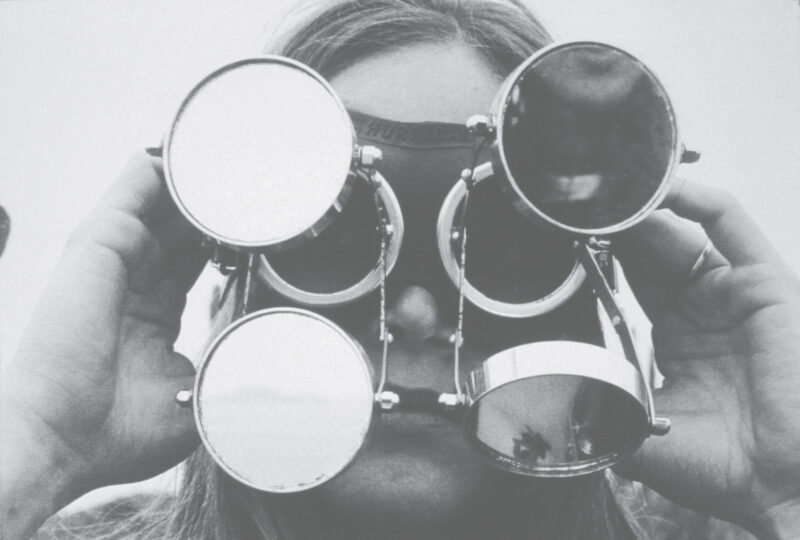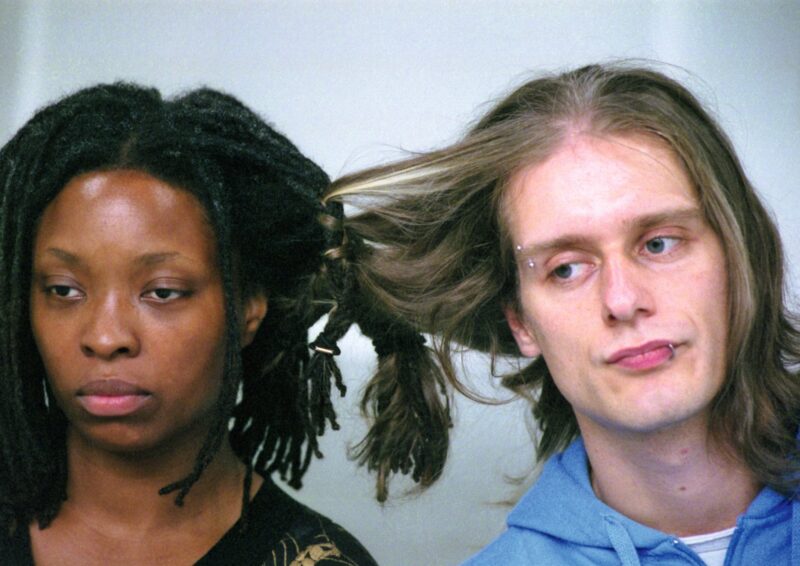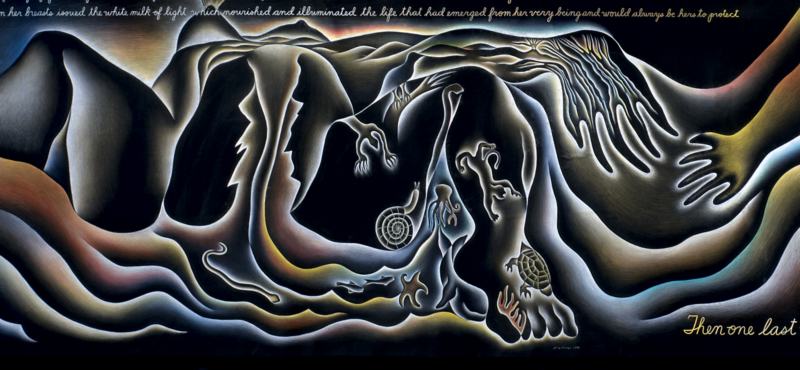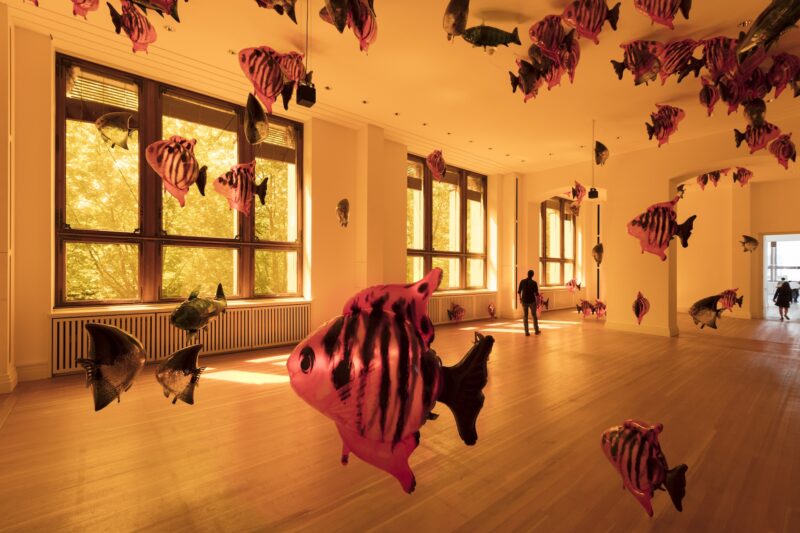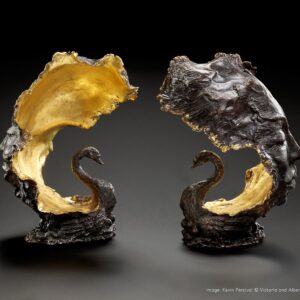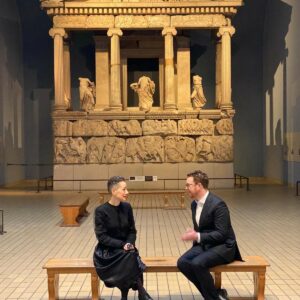Following three years of research and development, Haus der Kunst, Munich’s global centre for contemporary art, will present a landmark exhibition as part of its ongoing re-examination of overlooked histories – Inside Other Spaces. Environments by Women Artists 1956 – 1976, will open on 8th September 2023 until 10th March 2024.
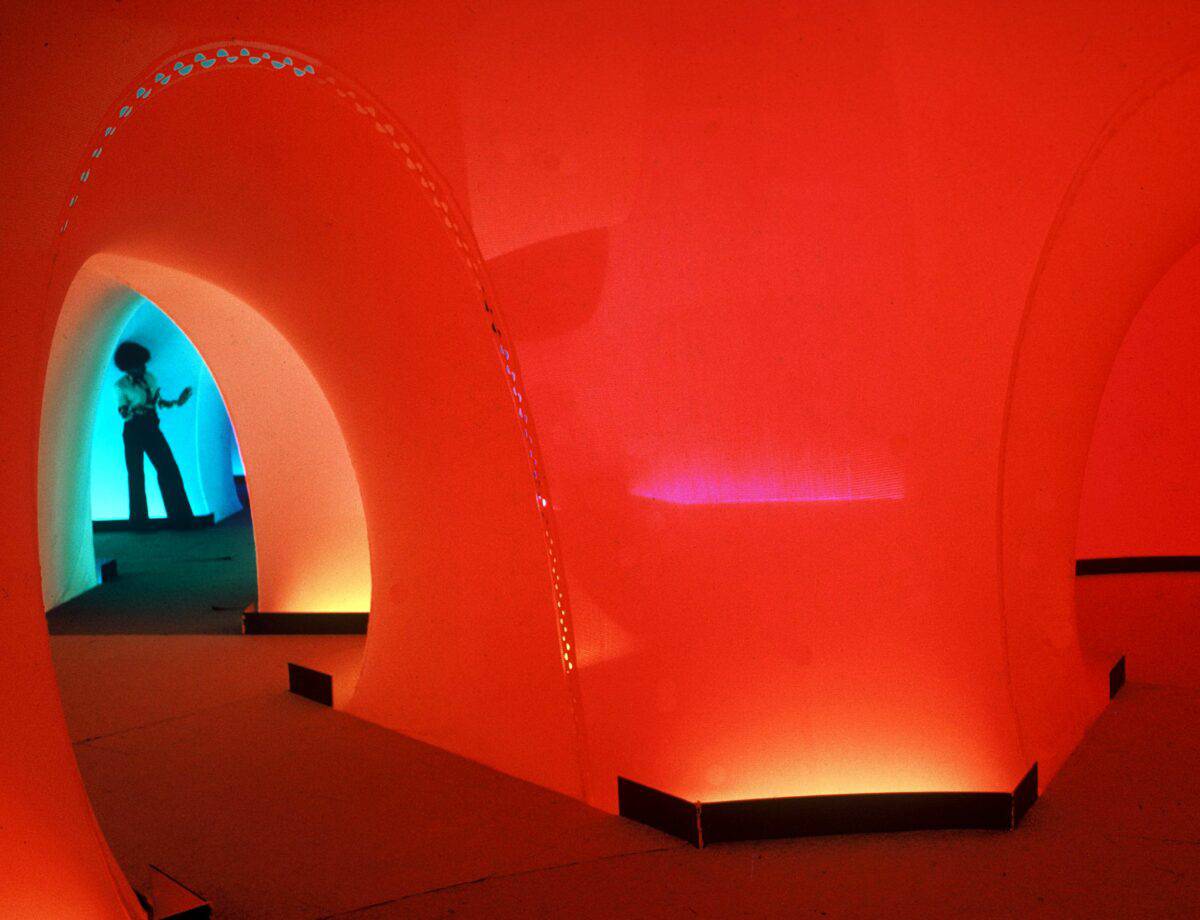
Spanning three generations of artists from Asia, Europe as well as North and South America, the exhibition reframes the accepted artistic canon by presenting women’s fundamental role in the development of immersive art, which has gone on to have a lasting impact in the field of visual art.
The exhibition features full-scale reconstructions and documentation of twelve key works by Judy Chicago (b. 1939), Lygia Clark (1920 – 1988), Laura Grisi (1939 – 2017), Aleksandra Kasuba (1923 – 2019), Lea Lublin (1929 – 1999), Marta Minujín (b. 1943), Tania Mouraud (b. 1942), Maria Nordman (b.1943), Nanda Vigo (1936 – 2020), Faith Wilding (b. 1943) and Tsuruko Yamazaki (1925 – 2019).
Situated at the threshold between art, architecture and design, the term environments was adopted in 1949 by the artist and founder of Spatialism, Lucio Fontana, to define a new type of artwork that actively involved its audience. Over the years, environments became a major feature in the international art world, however the historic narrative focuses almost exclusively on the works of male artists.
Inside Other Spaces will be the first show of its kind to painstakingly reconstruct the immersive art works, following a three-year research process, supported by the help of conservators and researchers digging deep into archival material, such as photographs, architectural plans, reviews, materials’ lists and providers’ invoices. The exhibition continues to 1976, the date of the first historic review of these experiential works with the exhibition Ambiente/Arte dal Futurismo alla Body Art curated by Germano Celant for the 37th Venice Biennale.
The twelve iconic artworks featured in the exhibition include amongst others:
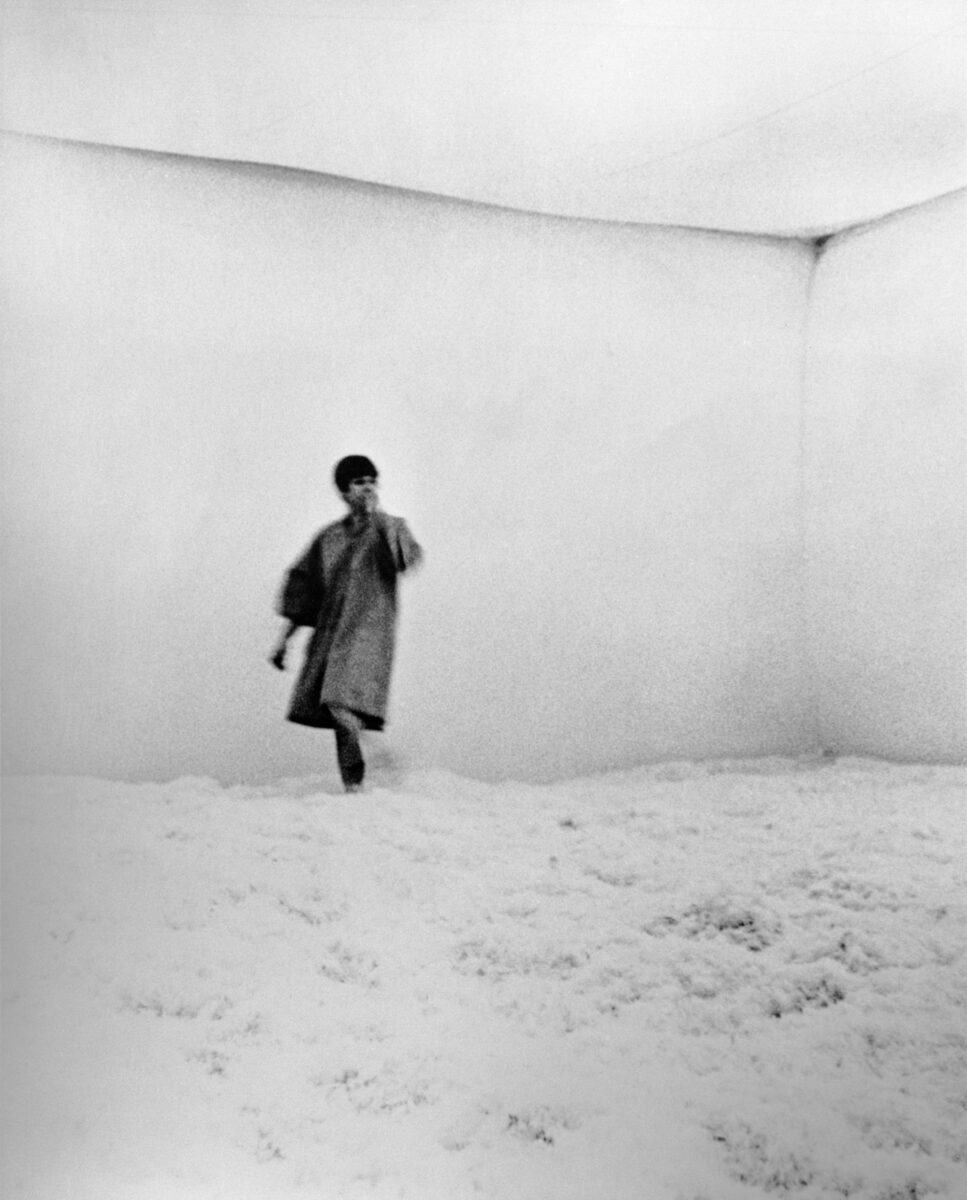
Pioneering feminist artist Judy Chicago’s iconic Feather Room (1965), is described as ‘a soft feminine space, an architecture that disappears’.
Lygia Clark’s A casa é o corpo: penetração, ovulação, germinação, expulsão (The House is the Body) (1968), in which viewers undergo physical experiences examining perceptions of the body.
Marta Minujín’s irreverent work dating from 1964 Revuélquese y viva! (Roll Over and Live!) is an inhabitable multi-coloured mattress structure.
Visitors who enter Tania Mouraud’s room We used to know, dating from 1967, experience intense light, sweltering heat and are described as being ‘engulfed in a feeling of inexorable anxiety’.
Faith Wilding’s Crocheted Environment (1972), referred to as “womb room” was originally part of the 1972 exhibition Womanhouse, organised by Judy Chicago and Miriam Schapiro, co-founders of the California Institute of the Arts Feminist Art Program.
As part of the programme for the exhibition, in a groundbreaking collaboration with the Getty Research Institute, Haus der Kunst will host a symposium on Saturday 11 November on new forms of exhibition making and new approaches to conservation and transmission. That evening Tania Mouraud will premiere a live electronic music composition inspired by family history and the history of the Haus der Kunst itself.
Given the experimental nature of environments – most of them were destroyed right after their display – their art historiography is characterised by a sense of loss. Therefore, the erasure of the fundamental contribution of women is a double loss. The reconstruction of these historical and to-be-historicised environments as close to their original condition as possible aims to bridge the gap between then and now and let the works of women artists come to the fore.
Andrea Lissoni, Artistic Director, Haus der Kunst
Inside Other Spaces. Environments by Women Artists 1956-1976 is curated by Marina Pugliese and Andrea Lissoni, with Anne Pfautsch, and funded by the German Federal Cultural Foundation and the Federal Government Commissioner for Culture and the Media. The exhibition will be accompanied by a comprehensive catalogue, featuring contributions by specialists from across the world. It is one of a series of exhibitions at the Haus der Kunst which have focused on the work of major women artists including Joan Jonas, Fujiko Nakaya, Heidi Bucher, Phyllida Barlow and Katalin Ladik.
Inside Other Spaces. Environments by Women Artists 1956 – 1976, 8th September – 10th March 2024, Haus der Kunst
Inside Other Spaces is installed alongside and in dialogue with the futuristic world of American artist WangShui to provide a contemporary perspective on today’s environments, advanced by the introduction of machine learning and artificial intelligence simulation. WangShui. Window of Tolerance (8th September – 14th April 2024), their first European solo show, features ethereal paintings etched into aluminium, each co-authored with a machine-learning programme trained on previous paintings by the artist. The centrepiece is a new video sculpture Certainty of the Flesh (2023), incorporating artificial intelligence simulation to develop real time movement and dialogue. The audience will encounter different hybrid beings whose interactions develop a supernatural narrative drawn from reality TV and ancient mythologies, played on an infinite loop between the characters. The work questions how humans will appear and communicate in a technologically supported future.
About
Haus der Kunst, is one of the world’s leading centres for contemporary art situated in Munich, one of Germany’s most significant cities for the arts. It is dedicated to the exploration of the diverse histories of contemporary art based on a foundation of focused exhibitions, performance and music events, and education.
Established in 1937, Haus der Kunst was an important venue for featuring avant-garde works such as Picasso’s Guernica (1937) in 1955. It has since been radically transformed into an international centre of modern art exhibitions. Today, Haus der Kunst functions as a location for a younger generation of artists to experiment and develop new work alongside large scale exhibitions by key international figures of modern and contemporary art. The programme seeks to show the development of creative ideas across generations, juxtaposing the newest work with that of such ground-breaking figures of the older generation as Fujiko Nakaya, Heidi Bucher, Joan Jonas, Phyllida Barlow and Katalin Ladik.
